Wax carving advent calendars?Wax carving advent calendars?
Using calipers on wax
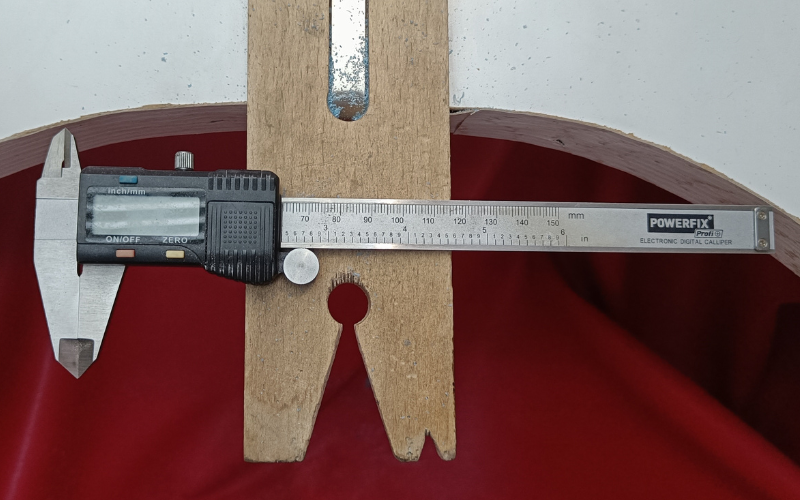
3 Measuring points
Did you know calipers can do 3 different kinds of measuring!? I didn’t for the longest time!
Distance: The most obvious way to use calipers is by measuring any kind of length with the bottom jaws.
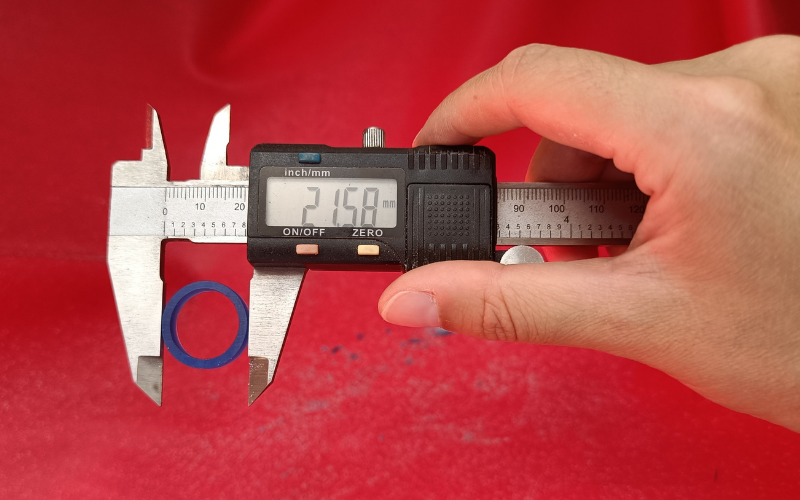
Calipers can measure in increments of 0.01mm so they’re very precise! They also go up to 150mm, good for almost all things you want to measure for jewellery.
Diameter: The slightly less obvious jaws on the top can be used for measuring the inside diameter.
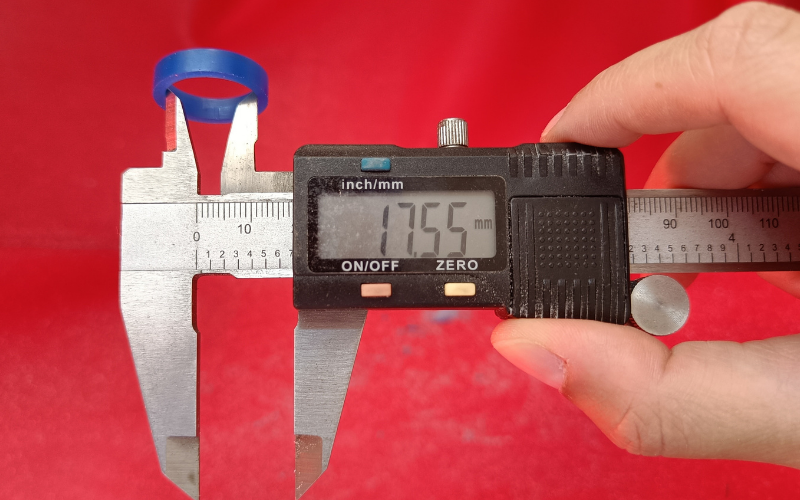
Be careful that you don’t overstretch your piece when you’re measuring something delicate!
Depth: The least obvious part for measuring (at least it was for me) is at the back. When you open up the jaws of the calipers, a stick slides out at the back.
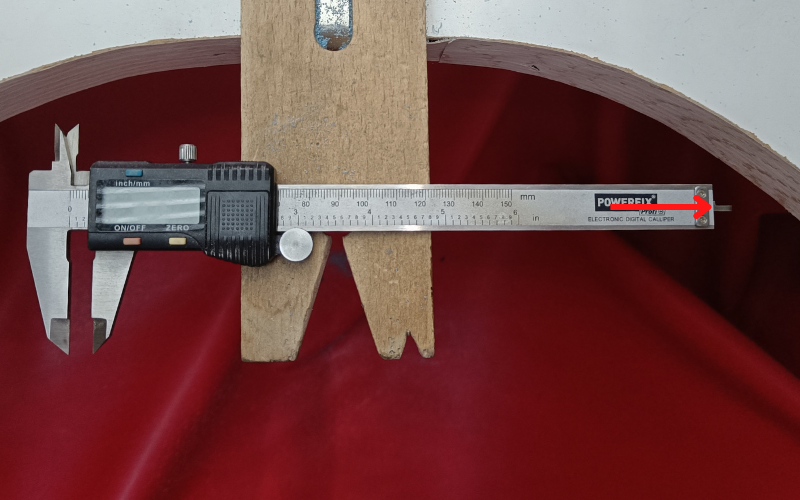
You can use it to measure the depth of something!
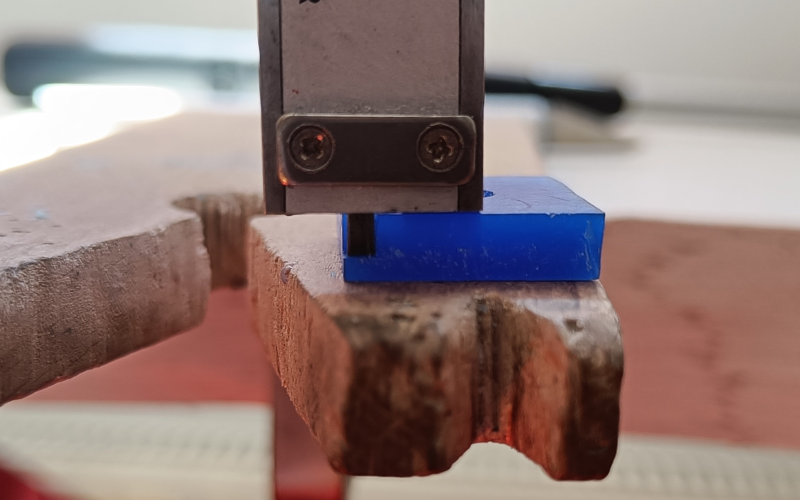
Make sure the edge of the calipers is resting on the top surface and not hovering over it when you measure.
Lock
When you twist the little bolt on the top, you lock the calipers.
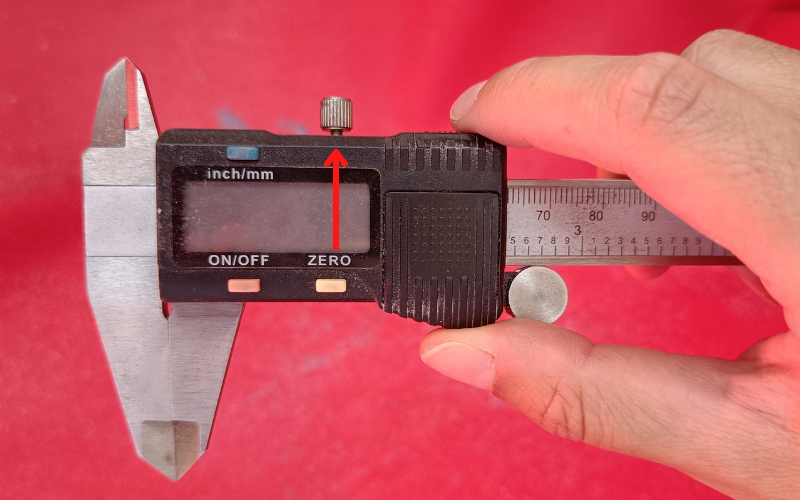
This is especially helpful when you’re making multiples and want them all to have the same measurement.
And when it’s locked, you can even use the calipers to mark with.
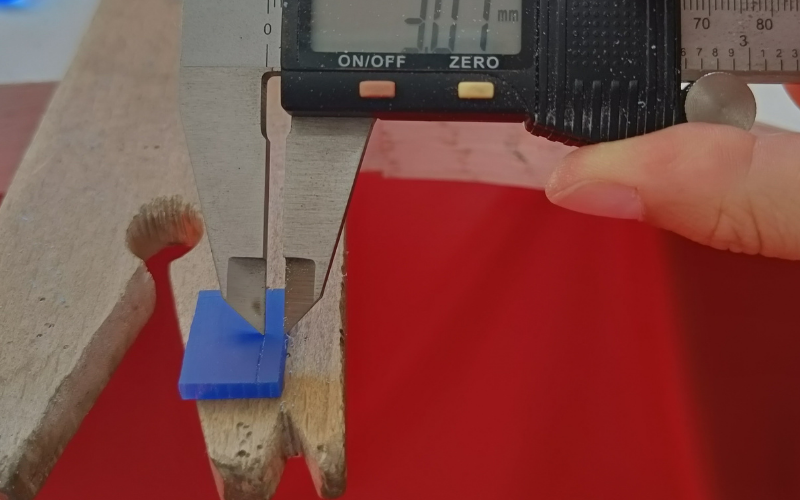
Keep in mind that calipers are a measuring tool and not a marking tool. But the occasional straight line is not going to kill them.
Is it parallel?
If you want to quickly check if something is parallel, you can place it in your calipers and look. If light is coming through between the jaw of the calipers and the wax, you know it’s not parallel.
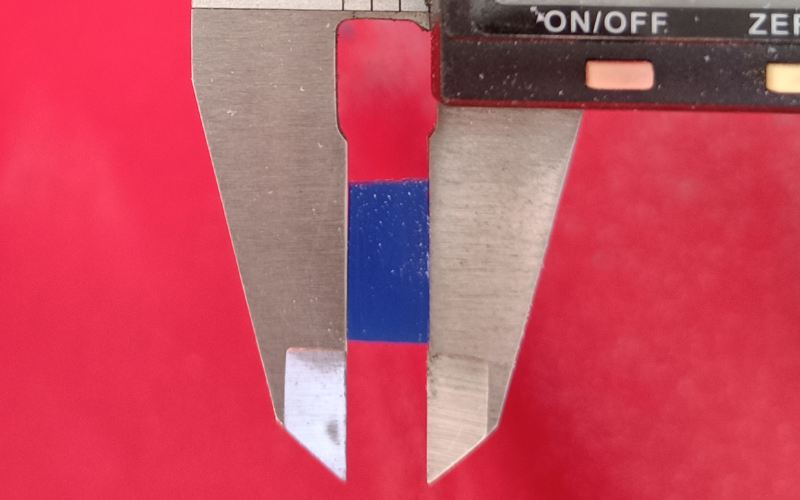
In the photo you can see light come through at the top on both sides. So without doing any actual measuring, I know this piece is not parallel.
And if the piece looks parallel, I always give it the push test to make sure. If I don’t feel any movement when I push the wax, I know that it is parallel. If I do feel movement when I push it, I know it’s not completely parallel yet. Time to turn on the calipers and do some actual measuring!
Is it symmetrical?
When you have your sides parallel, you can use the calipers in a similar way to check if the top is symmetrical. Place your piece of wax in the calipers and this time focus on the top.
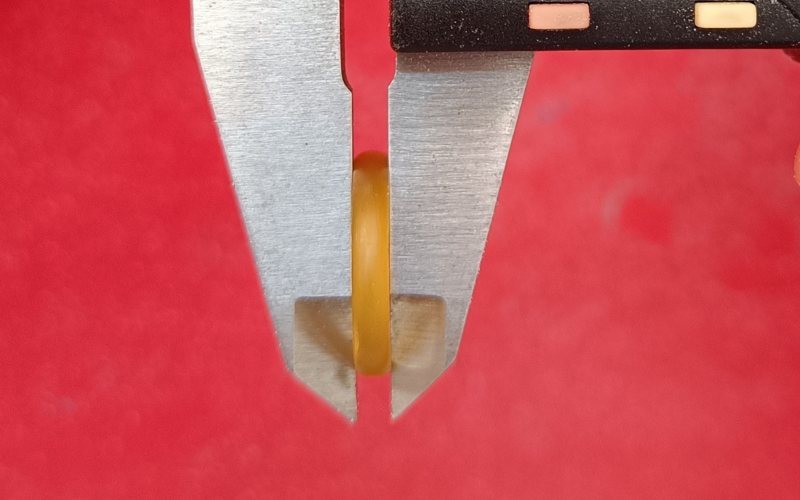
In the photo you can see that the curve is not completely symmetrical. The curve goes down more on the left side than the right.
Now of course you can check the symmetry of a curve without calipers, but I find that the calipers help me focus.
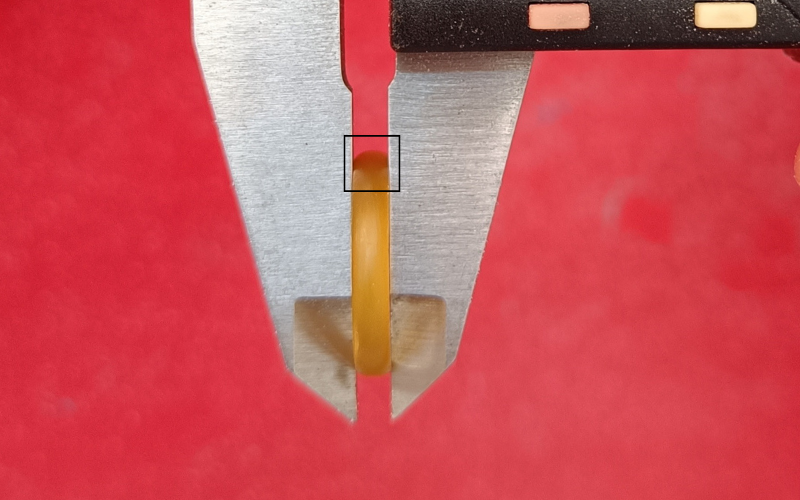
By making the area that I’m looking at very small I can spot inconsistencies much quicker.
Why not a dixieme gauge?
You might be using a dixieme gauge for all your measuring. It’s a good tool as well, but there are 2 reasons I prefer calipers for wax carving.
- A dixieme gauge only measures up to 10mm and when I work in wax, I often need to measure things that are well over 10mm.
- A dixieme gauge has a tiny measuring surface. And because it has a spring mechanism it can leave dents in your wax. Not ideal when you’re trying to measure something precise!
Comment below and let me know if these tips were helpful!